Good news for electricity consumers across Pakistan: the National Electric Power Regulatory Authority (NEPRA) has announced a drop in the base tariff for FY 2025–26, from Rs 35.50 to Rs 34.01 per unit. This reprieve comes at a time of inflationary pressure, and both households and industries stand to benefit. What’s Behind the Reduction? Several factors contributed to
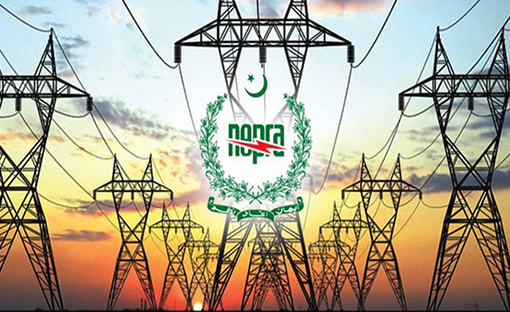
Good news for electricity consumers across Pakistan: the National Electric Power Regulatory Authority (NEPRA) has announced a drop in the base tariff for FY 2025–26, from Rs 35.50 to Rs 34.01 per unit. This reprieve comes at a time of inflationary pressure, and both households and industries stand to benefit.
What’s Behind the Reduction?
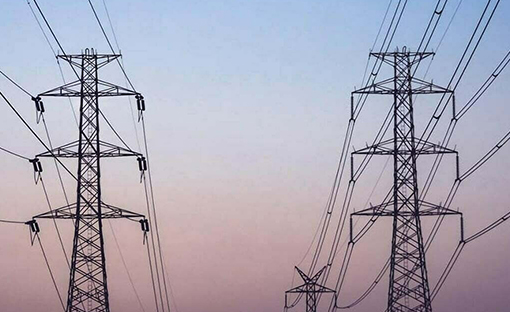
Several factors contributed to the tariff decrease:
- Renegotiated capacity payments with Independent Power Producers (IPPs), trimming outdated higher rates.
- Falling fuel costs, including both global prices and domestic rates.
- A small uptick in electricity demand, projected at 2.8% for FY 2025–26
Tariff Structure Snapshot
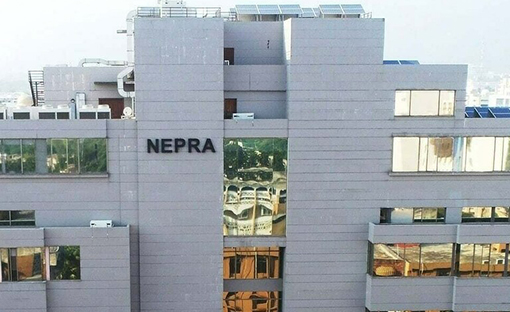
NEPRA approved a total revenue requirement of Rs 3.52 trillion for ex-WAPDA Distribution Companies (XWDiscos)—Rs 3.07 trillion for Power Purchase Price (PPP) and Rs 454 billion for distribution margins and losses.
Of the PPP (~Rs 3.07 trillion):
- Capacity charges: ~63%, or Rs 16.67/unit
- Energy & O&M costs: Rs 9.67/unit Total ex-WAPDA PPP = Rs 26.34/unit
When including K-Electric, the national average PPP slightly lowers to Rs 25.98/unit, marking a modest 3.8% decrease from last year’s Rs 27/unit.
Imported Coal Plants Still Expensive
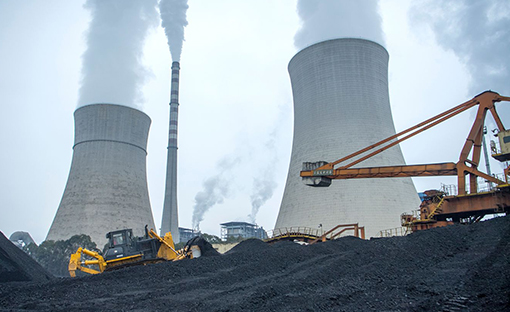
Interestingly, imported coal plants will continue to operate at low capacity (about 24%) but incur high costs, around Rs 61.43/unit due to dollar-linked returns of 27.45%. This is more than double the national average, so they remain a costly element for Pakistan’s energy mix.
What This Means for You
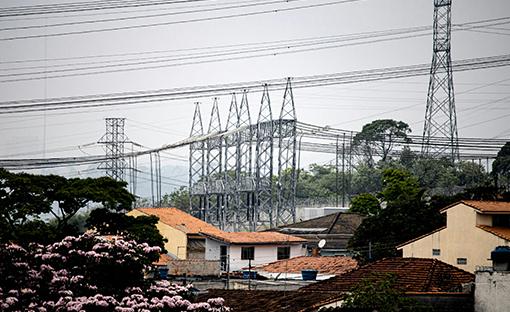
- Households: Lower electricity rate means modest savings ranging from Rs 1–2 per unit, great relief for monthly billing.
- Industries: Every unit saved boosts profitability and eases overhead costs.
- Energy Policy: The tariff cut signals NEPRA’s push toward supply-chain reform and fiscal balance, encouraging more efficient energy production.
On the Road Ahead
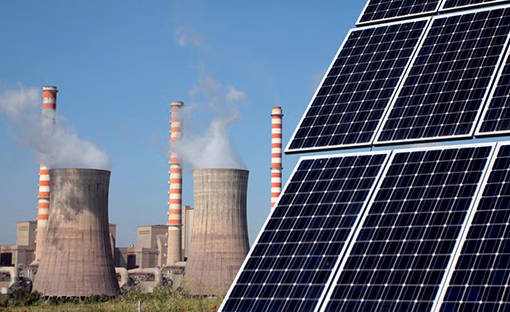
This tariff reduction isn’t just a one-off concession, it’s part of a larger effort to restructure energy costs, renegotiate contracts, and move toward efficient, clean energy. But imported coal’s high cost remains a hurdle.
Future focus needs to include:
- Phasing out expensive coal contracts
- Boosting renewable energy
- Optimizing usage of hydel and natural gas
NEPRA’s decision is a step forward, but sustainable energy planning is essential for long-term stability and affordability.



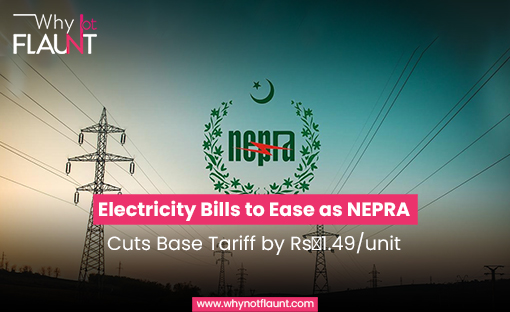
















Leave a Comment
Your email address will not be published. Required fields are marked with *